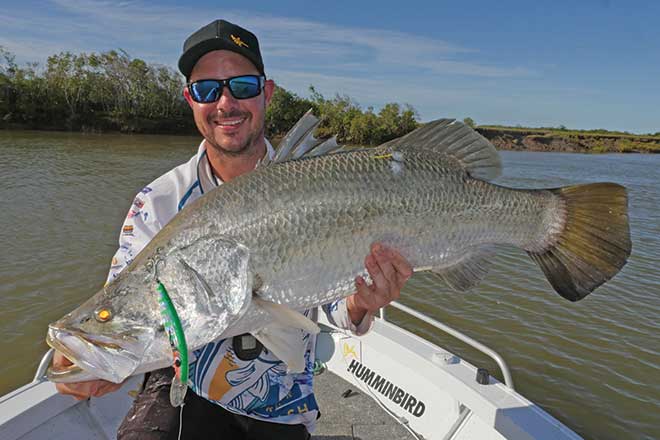It’s been a long three month wait but I’m pleased to report that the east coast saltwater barramundi season reopens as at midday February 1.
So, I’ll kick the February Capricorn Coast write up off with a few barra tips to get you ready for the season.
The first thing you must do is research the gear you need to use.
Start with two setups – primarily spin gear, though if you love to bait cast, that’s fine too.
I prefer a lighter setup, which consists of a 3-5kg rod, 2500 sized reel and 15lb Power Pro braid.
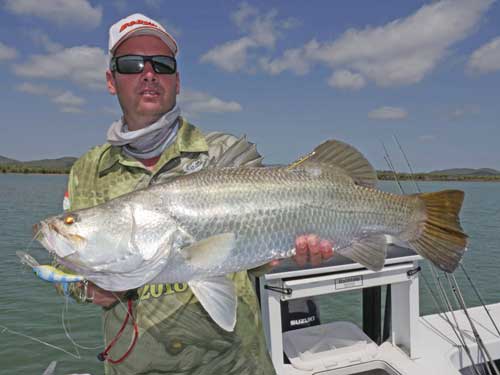
Power Pro in the lighter braid is as tough as nails, which is why I use it, and I’m not chasing sport fishing records, so it suits me just fine.
For leader on the lighter rod, use a 30-40lb fluorocarbon such as Sunline FC100.
This leader has been discontinued, so if you’re looking for a substitute, Sunline FC Rock is a good alternative.
For a heavier setup, I run a 5-10kg rod, 4000 sized reel, 20-30lb Sufix 832 braid and 60lb leader.
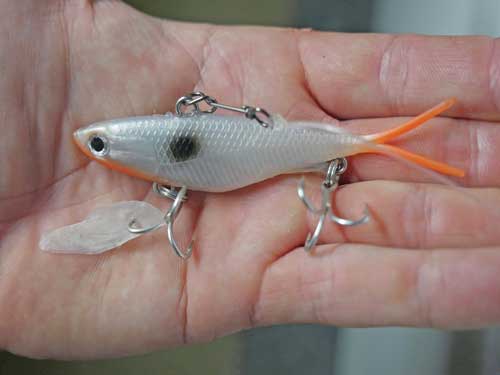
For leader, I stick to the same Sunline brand as above.
I prefer using fluorocarbon for barramundi because it has better abrasion resistance.
When barra swallow your lure or bait and shake their head from side to side, it acts like a cheese grater, so you need a good quality leader to stay connected.
Depending on a few variables, 60lb fluorocarbon can handle barra fairly well up to about 90cm.
If you want to chase bigger barra, a third setup will be required, though for now we’ll stick to the basics.
Once you’ve got your setups as close to perfect as possible, it’s time to get a few lures.
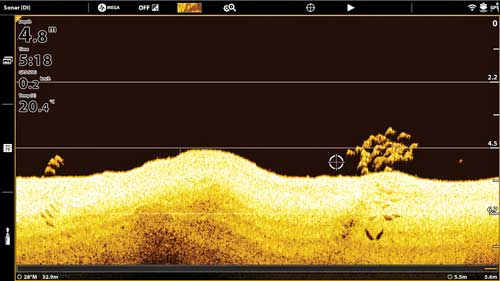
If you’re only starting out, the tackle shop walls can be a little overwhelming.
Ask 10 barra fishos about their favourite lures and you’ll likely get 10 different answers.
So, I’ll run through some options to cover a few scenarios.
A soft vibe would be number one.
Zerek Fish Trap, Nomad Vertrex and Samaki Vibelicious are all top choices.
Get a few natural colours for clean water and some contrasting colours for dirty.
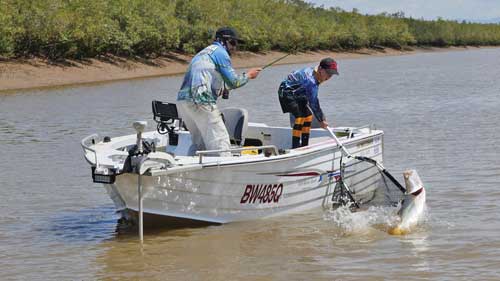
If starting out, use these vibes only when the barramundi are out in the open, sitting on things such as drains, drop-offs or in back eddies.
It can get very expensive if you keep snagging them.
Prawn imitations are also a top lure.
The Chasebait Flick Prawn is a wicked plastic to use – this lure comes rigged weedless, so you can get it deep in the snags and hop it out.
Zerek Live Shrimp has the same setup – while rigged weedless, if it isn’t required, it’s fairly simple to pull the weedless hook out and put a standard jig head in.
For paddle tail options, you definitely need some Molix RT Shads from 3.5-5.5”.
Zerek Flat Shads are a great choice too.
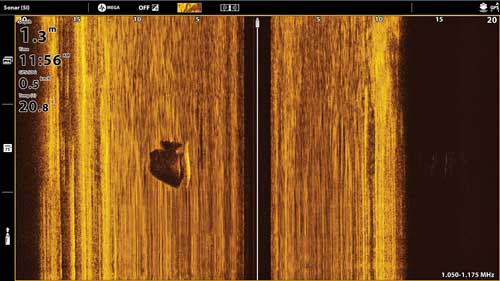
That’s covered most of the options… except for one last possibility.
Most anglers these days use soft plastics, but it does still pay to have a few great hard-body lure choices in your tackle bag.
Lucky Craft Pointers are a well proven lure, and they suspend on the retrieve, so you can leave them sitting in front of the fish for a long time.
Your tackle bag wouldn’t be complete without some silent timber hard-bodies.
We have a local lure maker in Rockhampton, Lethal Lures, who produces top timber lures to invest in.
Some final words of wisdom for barra fishing… invest in electronics and make sure you know how to use them.
At a minimum, you would need an electric motor and a quality side imaging sounder.
So many anglers I speak with still aren’t confident they’re seeing barramundi on their side imaging sounder.
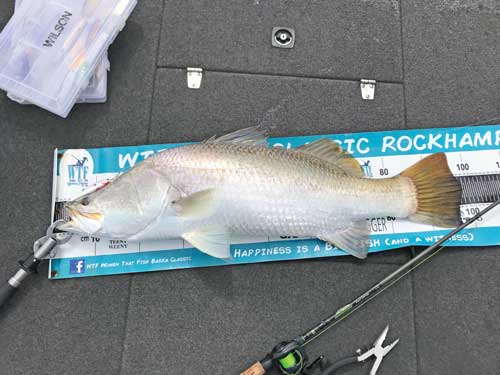
This is why I use Humminbird, particularly the Apex series.
High resolution screens make those silver slabs stand out, so there’s no second guessing.
If you’re having trouble with your electronics, get busy researching.
And if you’re like me, learning by practical application and seeing how it works with your own eyes, there are plenty of ‘how to’ videos on YouTube.
If researching online isn’t helping, there’s a selection of sounder and fishing courses you can invest in.
Many people steer away from fishing courses because of the cost but, when I say they’ll save you money in the long run, believe me.
The added bonus is that you can message the gurus directly for professional answers.
Once you’ve learned to use your electronics, it’s time to search for barra spots.
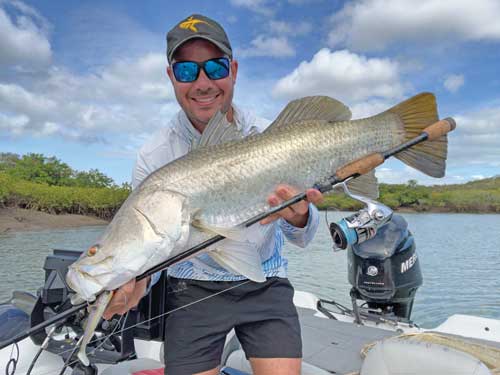
You’ll need to search creeks thoroughly because barramundi can turn up anywhere – drains, snags and rock bars are common.
Once you find them, work hard on getting a bite.
Use your noggin and think about everything, including which lure to use first, what lure to use next, where the boat needs to be positioned and which direction the tide is going.
A barra guru once told me to visualise in my head what the lure was doing under the water according to how it’s retrieved.
Visualise the fish looking at the lure and what was needed to get a bite.
Remember though, your lure needs to be in front of the fish.
So, if the lure isn’t heavy enough, add weight, and if it’s too heavy and sinks like a bullet, remove some weight.
Don’t forget to record everything in a diary.
You’ll be amazed at how quickly you can work out patterns when you look at multiple trips with heaps of different information.
I’ve gone back five years sometimes to find the missing pieces of the puzzle.
I’m confident these tips will help you out.
Well, that’s it from me for this month… I’m off to get the barra rods primed.
Don’t forget to stay positive, confident and above all else, have fun.
 Bush ‘n Beach Fishing Magazine Location reports & tips for fishing, boating, camping, kayaking, 4WDing in Queensland and Northern NSW
Bush ‘n Beach Fishing Magazine Location reports & tips for fishing, boating, camping, kayaking, 4WDing in Queensland and Northern NSW

